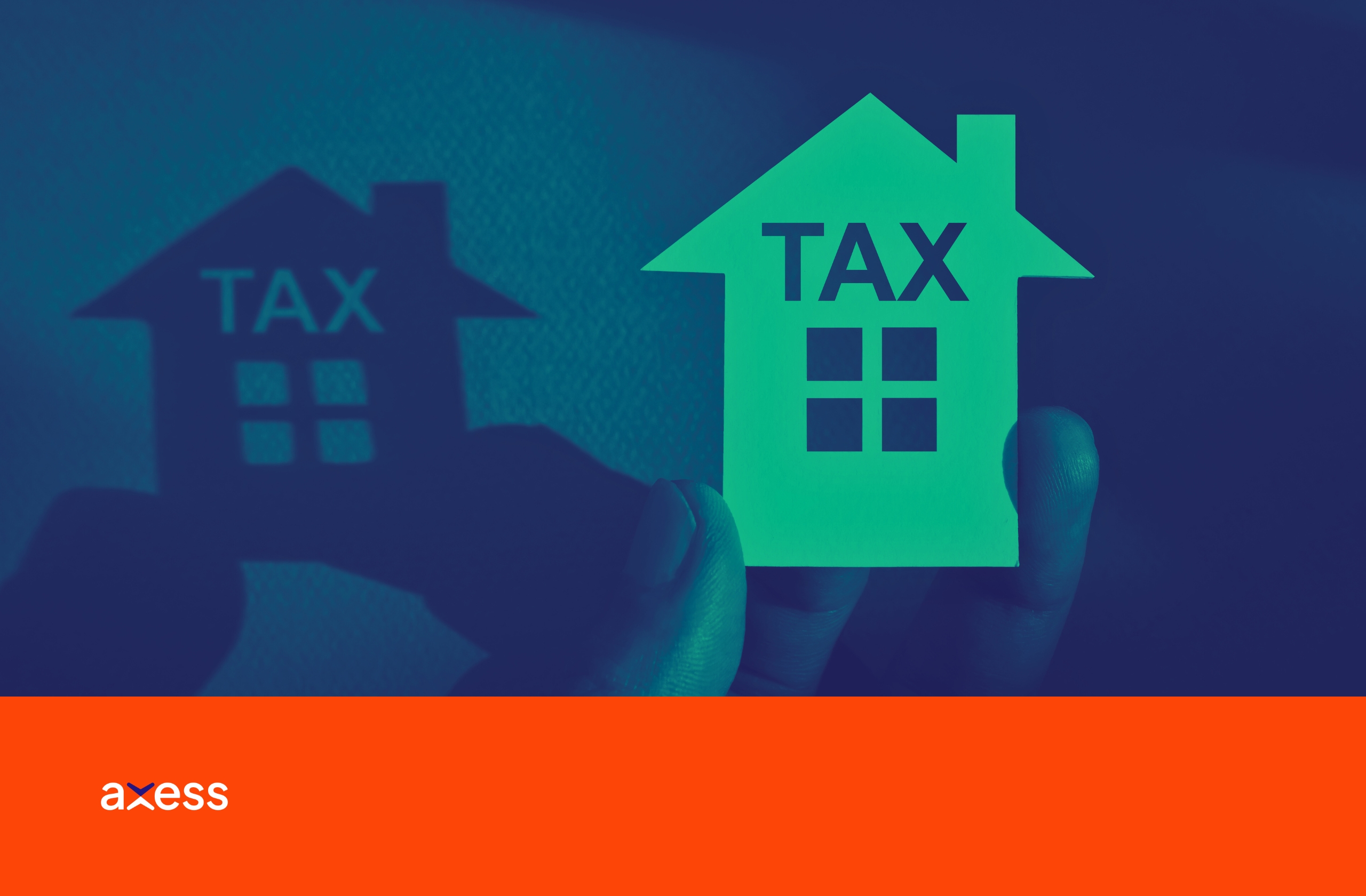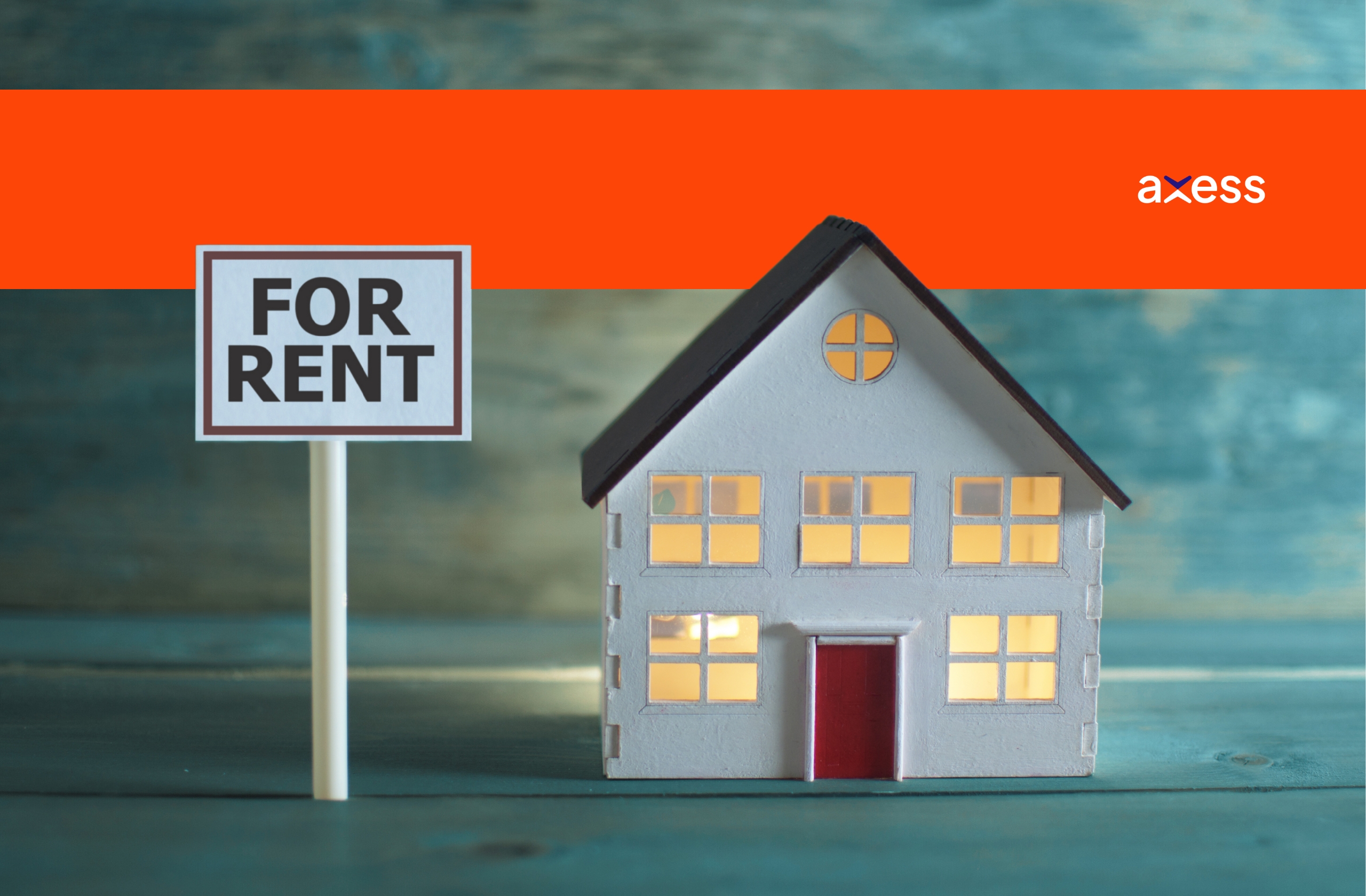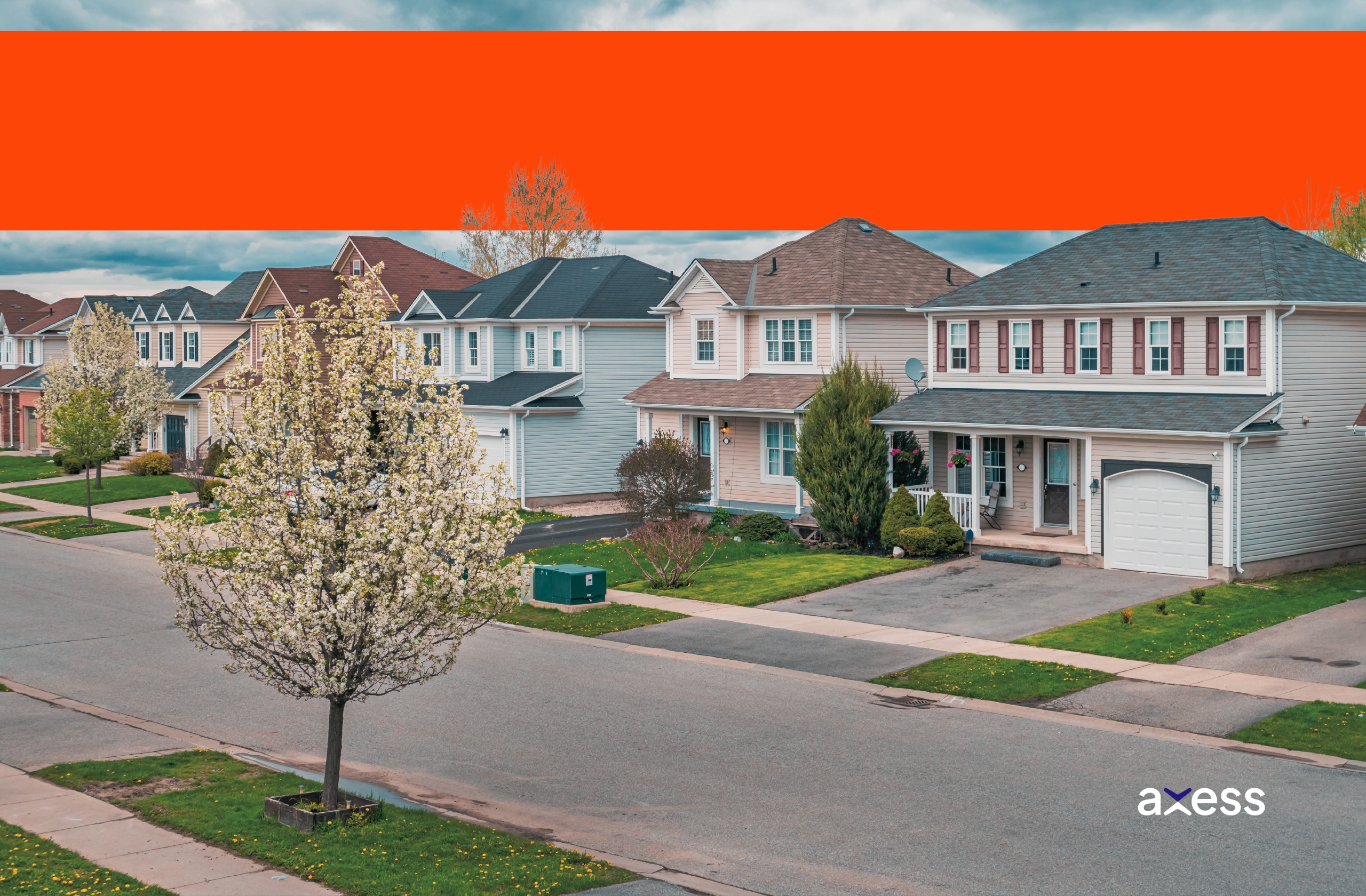Easements and Covenants
Published on 4 November 2021, 11:58:18 PM
Your enjoyment of your property or home may be tied up by an easement or restrictive covenant.
Before you take title to Ontario real estate, find out who owns the ground you walk or build on and what you can legally do with it.
Axess Law searches the title to your property when we close real estate transactions. We tell you how restrictive , easements and covenants affect your ownership rights.
Transferring title to Ontario property.

What Are Easements on a Property vs Covenants?
The difference between easement and covenant rests on who owns the property being used. Your right of use, or right of way, over someone else’s property is an easement. A contract limiting how you use your own property is a restrictive covenant.
When It’s an Easement…
Three elements are needed to create an easement:
- Dominant tenement – a property owner who receives a benefit (for example, you).
- Servient tenement – a property owner who gives a benefit (in this case, your neighbour).
- Full description – a property survey or plan showing its size and boundaries.
The Four Types of Easements
Easements can be:
Prescriptive
Prolonged use of a property over at least 20 years is a prescriptive easement. Under Ontario’s Real Property Limitations Act, the use must occur:
- without the owner objecting
- openly, not in a secretive or hidden way
- without either force or permission
- and without interruption
While you don’t own the property, you have earned a right of way over it. Properties with registered titles are not eligible for prescriptive easements.
Implied
Implied easements are created out of necessity. A landlocked property that can only be used and enjoyed by crossing over a neighbour’s lot is an example. The easement is implied because a right of way is necessary for you to get from a roadway to your property.
By Estoppel
Easement by estoppel is used by courts to decide if a right of way exists. Say while you don’t have written permission to use your neighbour’s property:
- You were promised access, either by word or action.
- You believed the communication.
- And you relied on the communication.
After believing and relying on your neighbour’s consent to use their lot, they now object. You can ask the court for an easement by estoppel by arguing that it was wrong of your neighbour to change their mind and that disadvantaged you.
Everyday Easements and How They Affect You
So what are some everyday examples of easements that affect you? Municipal right of ways, hydro, gas or telephone lines — even a walking path — can be attached to Ontario property you buy. Those easements give rights to others to use your property, with or without your consent.
Buying rural property in Ontario.
Legally speaking, your land parcel is the ‘servient’ tenement. Rights of use are called ‘dominant’ tenement. They can be structured as:
Rights of Way
Allow municipalities to dig on your property to construct or repair public utilities. Your title excludes the right to build on or disrupt rights of way, leaving you no choice but to consent to any work municipalities undertake on it.
Like it or not, your building permit request for a pool, garage or backyard office will be denied if it encroaches on a municipal right of way.
Buying your first home – what to expect.
Maintenance Easements
Give neighbours property rights to, for example, a shared driveway. Rowhouse owners may be able to cross common areas to mow the lawn or walk to a kids’ playground.
Land you think is yours may actually be shared with others. Everything from fencing the backyard to how neighbours get mail or set out garbage could be controlled by a legal maintenance easement.
Easement to Re-enter
Buying a new build home can grant time-limited rights to a subdivision developer or home contractor to re-enter your lot. That lets contractors work on projects left unfinished that are part of agreements of purchase and sale. The easement expires when the development is complete.
Buying a new home from a builder in Ontario.
Ending or Releasing Easements
Property easements may last as long as you own the land. They transfer to a new owner when you sell, but releasing or ending them can be tricky.
You may be able to negotiate to buy both the dominant and servient tenement rights. You can go to court to request to merge tenement rights or if you think an easement is unfair. For example, if your neighbours are in your space too often and you think it should be private.
Dealing with neighbourly property line disputes.
If an easement is in your way, ask Axess Law. We explain easements to you and their implications for your property sale or purchase. We can refer you to trusted legal partners if you want to dispute a property easement.

Covenants on Property You Own
Restrictive covenants may also bind you to terms and conditions you don’t like or didn’t understand when you bought. Covenants control everything from what colour your fence is to if you can start a hair salon in a commercial strata.
Home owners selling adjoining properties and commercial or residential developers are responsible for most. They’re called restrictive because they limit what you can do — and they’re legal.
Nine ways real estate lawyers can help you.
Types of Restrictive Covenants
- Land use
- Home size or style
- Colour of homes, outbuildings and fences
- Trees and yard appearance
- Use of secondary suites or laneway homes
- Storage, such as where RVs, boats or trucks are kept
- Non-competition, to prevent similar business start-ups
- And more
How Long They Last
Some covenants are short-lived, such as when a residential development is completed.But most “run with the land.” They’re in place for up to 40 years or whatever your offer to purchase says. Since you signed it, you’re bound to it. And, just like easements, so are future purchasers.
What to do if a construction or financial lien blocks your real estate deal.
How to Remove Restrictive Covenants
Whether you can have a covenant removed depends on your agreement of purchase and sale. Only a court can remove a restrictive covenant unless the property developer agrees or it is a personal covenant, created between you and another party by contract.
If you object to restrictive covenants you think are unreasonable, Axess Law can help. We refer you to trusted legal partners for legal advice on removing covenants that get in your way.

Why You Need a Lawyer
Axess Law gets easements and restrictive covenants in writing when we finalize your real estate purchase.
We do property title transfer (Ontario only) searches to see if easements or covenants exist and explain your rights while closing the deal. If you choose to walk away, our real estate lawyers advise you on who gets the deposit if a deal falls through.
The title transfer fee (Ontario) is around $150 when you register a mortgage too or $78 for a title alone. Axess Law flat fee real estate lawyers are more affordable than you would normally pay because we offer only the legal services you absolutely require. Our cost to transfer house titles (Ontario) is just $649 plus HST and $799.99 to refinance a mortgage (plus HST).
We can close your home purchase for $999.99 and up plus HST or sell your home for $799.99 and up plus HST.
Book Lawyers Online or Online
We have an affordable real estate lawyer (Toronto, Greater Toronto Area or Ottawa) when you need one. Video conference online from the comfort of your home or office, anywhere in Ontario. Prefer to meet in person? Use our easy online booking form to make in person appointments at any of our Axess Law locations.
Dial our 1-647-479-0118 lawyer line (toll free to 1-877-402-4277) for assistance with making appointments or if you have questions about how much legal services cost. Access law services day or evening, 7 days a week, whenever it’s most convenient for you.
We have onsite parking and easy access to public transit.





